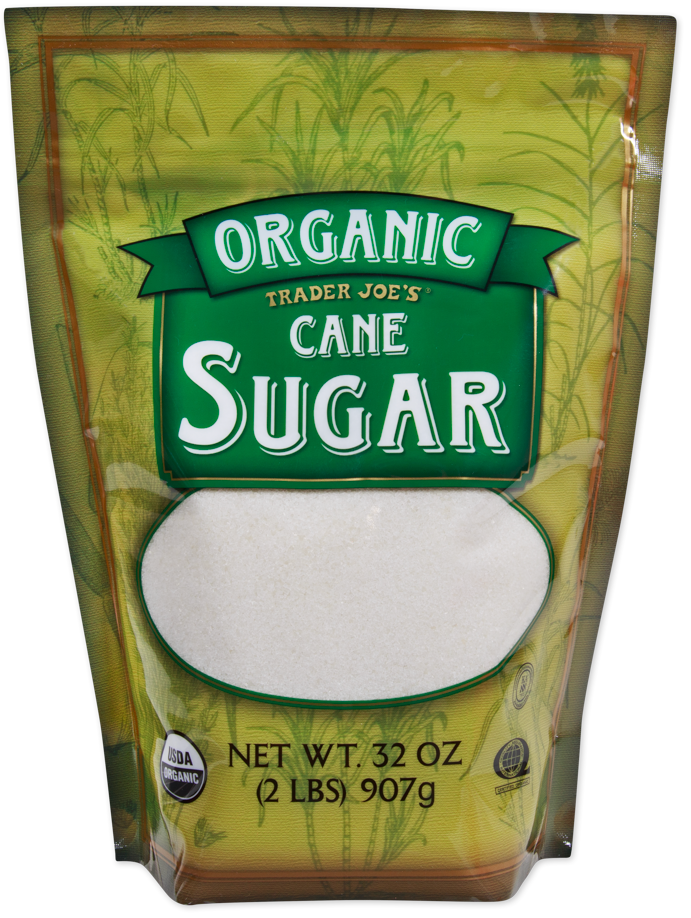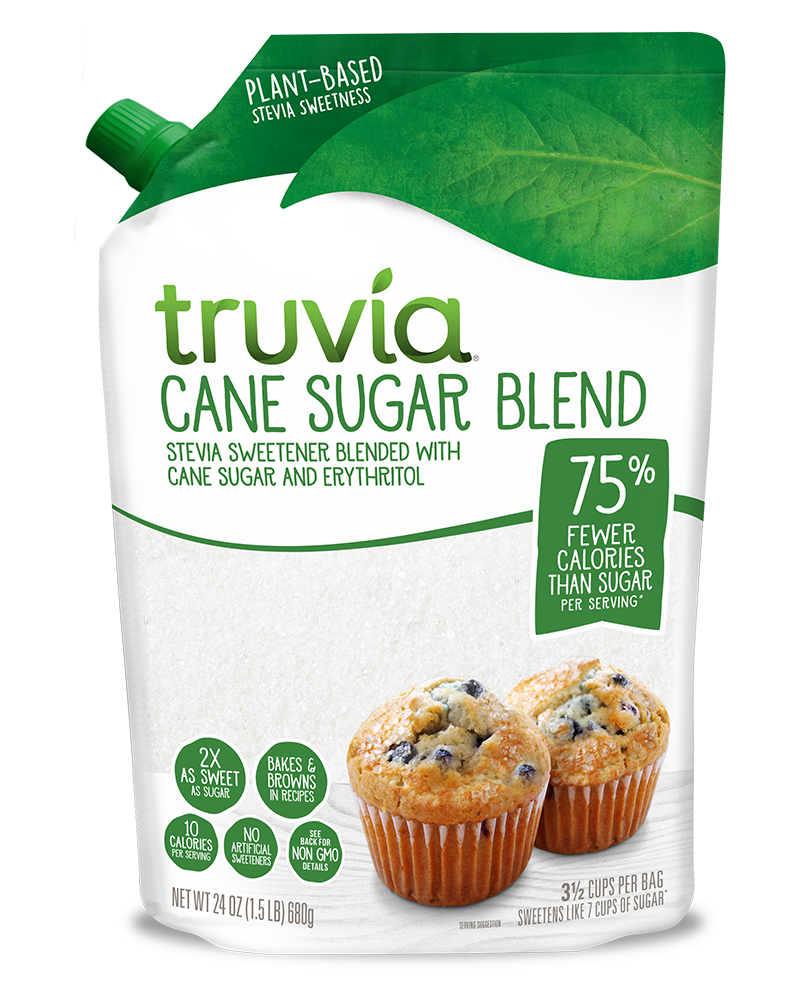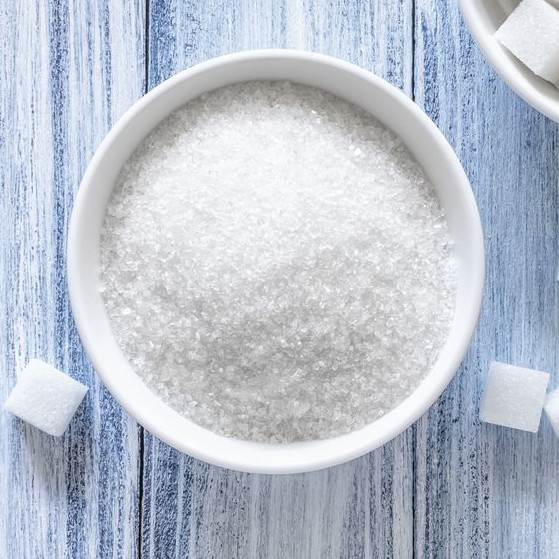The Scientific Research Behind Cane Sugar Processing: Exactly How Sweet Taste is Fine-tuned
The Scientific Research Behind Cane Sugar Processing: Exactly How Sweet Taste is Fine-tuned
Blog Article
Exploring the Comprehensive Steps Associated With Walking Stick Sugar Processing From Harvesting to Improvement
The process of cane sugar manufacturing incorporates a series of intricate actions, beginning with the cautious harvesting of sugarcane and culminating in the improvement phases that make certain the last product fulfills industry requirements. Each phase, from the extraction of juice to the purification and crystallization procedures, plays a critical function in determining the high quality and character of the sugar.
Gathering Sugarcane
Harvesting sugarcane is a crucial step in the walking cane sugar processing chain, as it directly affects the high quality and yield of the end product. Appropriate timing and methods are necessary during this stage to ensure optimal sugar content and reduce losses. Generally, sugarcane is gathered when it gets to maturation, typically 12 to 18 months after planting, defined by a high sucrose focus.

Post-harvest, the sugarcane needs to be refined quickly to stop sucrose destruction. Preferably, gathered walking cane ought to be transported to refining facilities within 24 hr to preserve sugar quality. Consequently, effective logistical preparation is important to maintain the honesty of the gathered plant throughout the supply chain.
Extraction Refine

The smashed walking stick undergoes a series of pressing operations to maximize juice recuperation. Normally, hot water is sprayed onto the crushed walking stick, producing a countercurrent circulation that assists liquify the sugar while also aiding in the extraction procedure. The juice accumulated from this operation includes not only sugar however additionally various organic compounds and contaminations.

To boost extraction efficiency, some centers may use diffusion methods, where the sugarcane is soaked in hot water, enabling the soluble sugars to diffuse right into the liquid. The resulting juice, rich in sucrose, is then guided to succeeding handling stages, laying the structure for filtration and improvement. The extraction process is thus essential in determining the quality and return of the last sugar item.
Filtration Strategies
The purification techniques utilized in walking cane sugar handling are essential for transforming the raw juice into a high-grade sugar product. These techniques largely intend to get rid of pollutants, such as dirt, plant products, and inorganic materials, which can detrimentally impact the end product's flavor and color.
This process entails including lime and warm to the raw juice, which assists in the coagulation of impurities. Additionally, the use of phosphoric acid can enhance the explanation process by additional binding pollutants.
One more significant method is carbonatation, click to read where carbon dioxide is introduced to the cleared up juice. This response creates calcium carbonate, which catches remaining pollutants and advertises their elimination.
Additionally, triggered carbon therapy might be related to adsorb any kind of staying colorants and organic impurities, making certain a more refined product. The combination of these methods successfully prepares the sugar juice for succeeding actions in the refining procedure, establishing the stage for the manufacturing of top quality walking stick sugar.
Crystallization Approaches
After the purification phase, the next description crucial action in walking cane sugar handling entails formation techniques, which play a pivotal duty in changing the cleared up juice into solid sugar. This procedure typically utilizes two primary methods: spontaneous formation and controlled crystallization.
In spontaneous condensation, supersaturated sugar solutions are enabled to cool down naturally, bring about the development of sugar crystals in time. This method is less complex however may lead to irregular crystal sizes and lower pureness levels. On the other hand, regulated condensation is a more exact technique where temperature, seeding, and focus representatives are meticulously managed. This approach permits the consistent development of sugar crystals and higher purity.
Throughout crystallization, the made clear juice is focused with dissipation, boosting its sugar content until it reaches supersaturation. Once this factor is achieved, either approach can facilitate the condensation process. Cane Sugar Processing. The resultant sugar crystals are then separated from the continuing to be syrup with centrifugation
Inevitably, the option of formation technique influences the high quality, dimension, and pureness of the final sugar product, making this step crucial in the total cane sugar handling treatment.
Improvement and Packaging
Exactly how can the pureness and top quality of walking cane sugar be even more improved after crystallization? The improvement process plays a vital role in achieving top notch walking stick sugar.
Next, the sugar goes through check my reference a process called centrifugation, where it is rotated at broadband to divide the purified sugar crystals from the remaining liquid. After centrifugation, the sugar is typically further fine-tuned with a method called carbonization or phosphatation, which makes use of turned on carbon or phosphoric acid to eliminate color and off-flavors.
Once refined, the sugar is dried out to accomplish the desired wetness web content, guaranteeing that it stays stable throughout storage space and transport. The final action includes product packaging the polished sugar in moisture-proof and closed containers to keep its top quality and avoid contamination. Cane Sugar Processing. Proper product packaging not just prolongs life span yet additionally facilitates very easy handling and circulation, making certain that customers receive sugar that fulfills the highest possible requirements of pureness and quality
Verdict
The detailed actions associated with walking cane sugar handling, from the careful harvesting of sugarcane to the detailed refinement and packaging stages, emphasize the significance of each phase in making certain top notch sugar production. Optimum harvesting strategies, reliable extraction methods, and rigorous purification procedures collectively contribute to the final product's purity and security. The formation and subsequent product packaging methods additionally boost the integrity and service life of the sugar, highlighting the complexity and precision integral in this vital farming sector.
The procedure of walking cane sugar production includes a collection of elaborate steps, starting with the mindful harvesting of sugarcane and finishing in the refinement phases that ensure the last product meets industry standards. Ideally, gathered walking cane ought to be transferred to refining centers within 24 hours to protect sugar high quality.In spontaneous condensation, supersaturated sugar services are enabled to cool down naturally, leading to the formation of sugar crystals over time - Cane Sugar Processing. The refinement procedure plays a vital duty in achieving high-grade walking stick sugar.The extensive steps included in walking stick sugar processing, from the precise harvesting of sugarcane to the complex refinement and product packaging stages, highlight the importance of each phase in ensuring top quality sugar production
Report this page